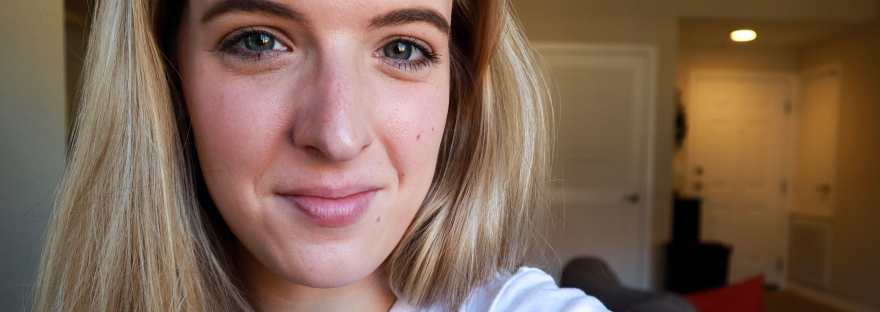Buckle in, because I’m about to drop all of my marketing notes from business school on you!
Marketing was by far my favorite subject in business school. It’s an eye-opening area when it comes to our favorite brands and how they sell their products and services to us on a daily basis. Simply put, the best companies out there are the ones who are laser-focused on selecting the right market segment to target their advertising and promotions to. There are many different components when it comes to successful marketing, but today we are going to talk about perhaps the most important: selecting your own target audience.
If you try to market to everybody, you’re actually marketing to nobody. Think about it: if everything is important, then nothing is important. So be specific! Know going into this process that you won’t be the perfect company or brand for everybody.
To help in this process, I want you to think of your best friend. Or your partner. Or make up an imaginary best friend if you would like (this may require more work on your end, but it will still be just as effective!). If you have a singular person in mind when creating content, you will have a much easier time staying consistent, authentic, and provide higher quality value to your audience at large. We’ll build more on this idea later in the post.
So, what are the concrete steps we can take to pick the right target audience? The good news is that you don’t have to have the perfect “ah-ha!” moment and uncover the perfect target. Just pick a target that you feel confident could lead to follower and engagement growth. And if it doesn’t pan out like you had hoped, you can always pivot!
With that, let’s do a BRIEF dive into the four major categories when selecting a target audience:
- Geographic
If you’re building an online brand, this might not matter as much. Depending on what your niche is, however, geography could come into play. For example, are you a fashion blogger who lives in a warm climate? Your audience might very well be others who live in a similar climate. Perhaps you’re produce sports and fitness videos and you are really good at skiing. You might want to think about where your audience lives in proximity to cold climates. Again, the great part about building an online brand is you can instantly reach anyone in any corner of the world, but this is still a key component to keep in mind.
- Demographic
Demographic segmentation has everything to do with the objective realities of the audience you are trying to target. Think about factors such as age, gender, marital status, income, etc. Let’s take food blogging for example. Do you want to target millennial women who are living on their own and want to learn how to make fast, nutritious meals for one? Or do you want to focus on larger families with a steady income and are looking to cook big dinners? A single millennial woman might not be into cooking for 5 or more people on a Tuesday evening! Being super specific when it comes to demographic information will help you decide what content will be the most relevant.
- Psychographic
Moving away from objective measurements, psychographic segmentation has more to do with the audience’s values and beliefs. Does your target audience value a good deal? Do they believe in authentic, real-world advice? Or are they into visual aesthetics and value highly edited, beautiful content? This can be tricky because not everyone is the same, and you’ll drive yourself crazy trying to get into the minds of your audience. So, go back to the BFF example: where does your friend like to go shopping? What does she do on a Friday night? What does her morning routine look like? Painting as detailed of a picture again will only help, so be specific!!!!!!
- Behavioral/Benefits
What is your audience seeking when they come to your blog? What do they hope to gain when visiting your YouTube channel? Are they looking to learn about the latest fashion trends for fall? Do they need expert advice on how to properly cook chicken? Do they need input on the latest technology and what new headphones to buy?
Another approach to identifying your target audience is to take a look at what I like to call your brand persona. Going back to my second installment of building your brand, you’ll find a lot of hints in the overall aesthetic, or essence, of what your brand is. Be as creative as you want here and be super specific. Pretend you’re playing The Sims and you’re building an actual person. What clothes do they like to wear? Do they shop for the latest fashion trends or do they have a minimal wardrobe with a few basic staples? What music do they like to listen to? Is it loud and energetic or more subdued and calming? What do they like to do on a Friday night?
If you are the face of your brand (especially if the brand is self-named, as we discussed in part three of the Building Your Brand series), I encourage you to NOT have your brand persona be a mirror-image of yourself. Instead, consider the brand persona, and likewise the target audience, as the ideal version of yourself.
That was a TON of information I threw your way so if you have any questions feel free to ask in the comments! Like I mentioned at the beginning, a lot of this is what I learned in my marketing classes in business school; I’m by no means an expert at this but I’ve always found this area to be fascinating and super important when building a brand! Thanks for stopping by!
xo Carly

